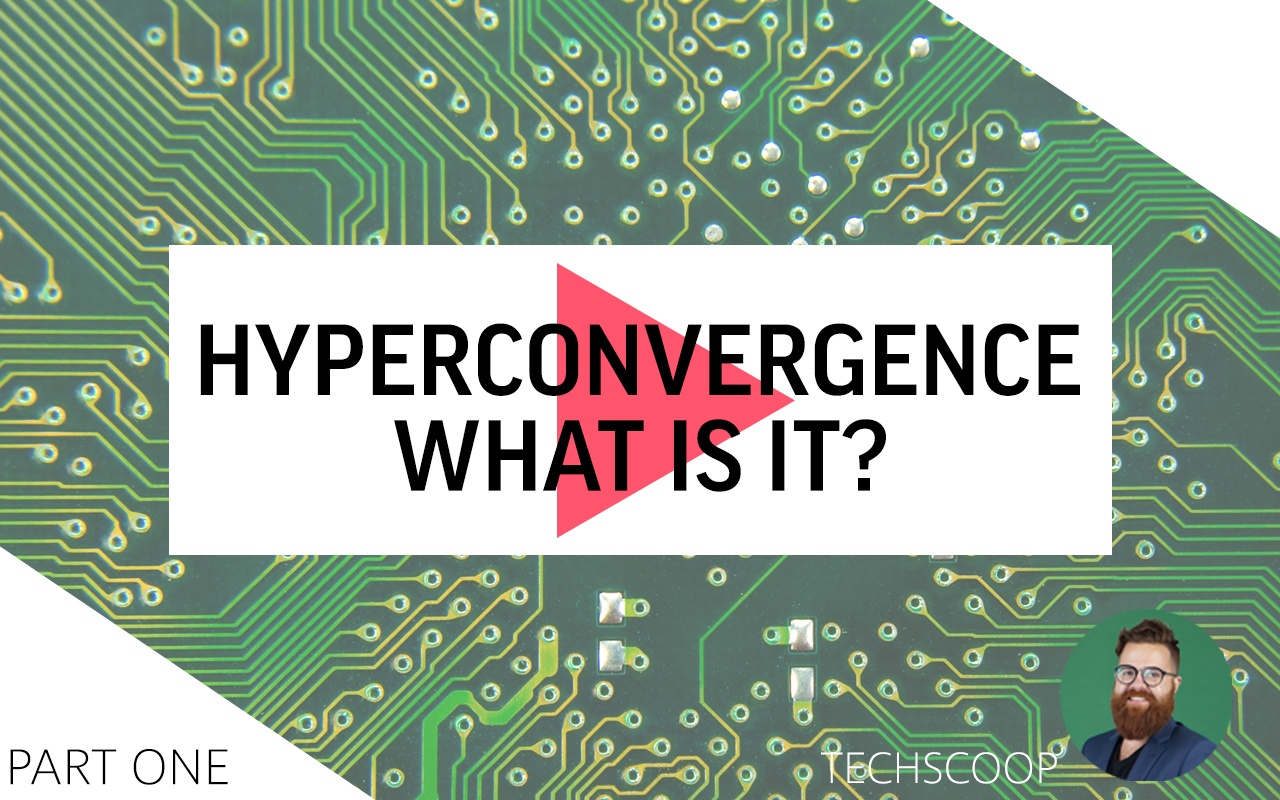Hey there and welcome back to TechScoop, proudly presented by Techware. Today I want to introduce a topic that may be new to some of you and a little bit of a warning that we’re going to be getting pretty technical today.
Today, I want to talk about Hyperconvergence, what it is and why it’s a consideration over traditional servers.
Hyperconvergence is touted to be a big deal, a really big deal with Gartner suggesting the market for Hyperconverged infrastructure will be worth $5Billion by 2019, it's expected to grow even more than this, but at this stage businesses and industry are still exploring usage cases.
So what exactly is it? Hyperconvergence is an IT framework combining, computing, storage and networking into a single system with the ultimate goal of reducing complexity and increasing scalability. It’s simple to procure, quick to deploy and easy to scale plus it’s available on premises.
To lay it out in a simplistic way, In a traditional environment compute, storage and networking are individual components that need to be configured to work with each other. This can be costly, time consuming and have inherent challenges with some components being difficult to provision.
In a hyperconverged world all these components are part of the hardware solution and are conveniently controlled by management software running on the platform.
So that's a bit of an understanding on a very basic level of Hyperconvergence, so what are some of the benefits?
Software-defined storage Storage: A hyperconverged infrastructure is controlled and optimised by the management software. The storage nodes act as one highly-reliable and redundant pool of storage. Should one node go down, the rest will remain unaffected. It also means that performance can be optimised by moving data between different storage mediums transparently.
Agility: In a hyperconverged infrastructure, your workloads all fall under the same administrative umbrella. This makes it easier to migrate workloads from one location to another.
Scalability:Increasing capacity is done by simply adding a node to the cluster and that node's compute and storage resources are easily added to the pool.
Cost efficiency: Hyperconvergence brings an affordable economic model to any IT department. Because there is less equipment to purchase, maintain, and support, the recurring costs of supporting a hyperconverged data center are lower.
Next week we’re going to be continuing on the Hyperconvergence journey and I am going to be sitting down with Bill McRobb one of senior Technicians here at Techware who was one of the pioneers in getting us to look at working with Hyperconvergence provider Nutanix. I want to pick his brain about the best use cases for Hyperconvergence and his thoughts on it.
Until next time, have a fantastic week and I’ll see you soon.
